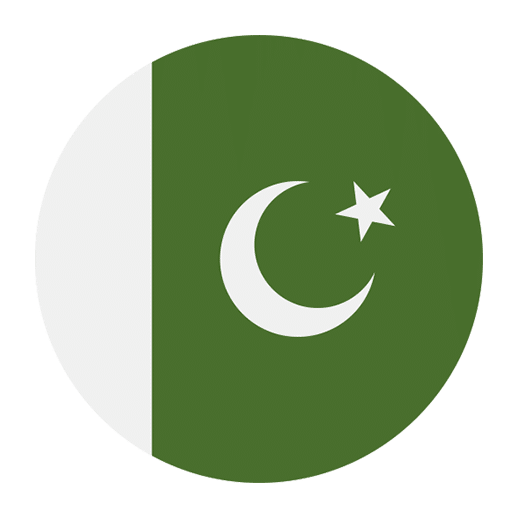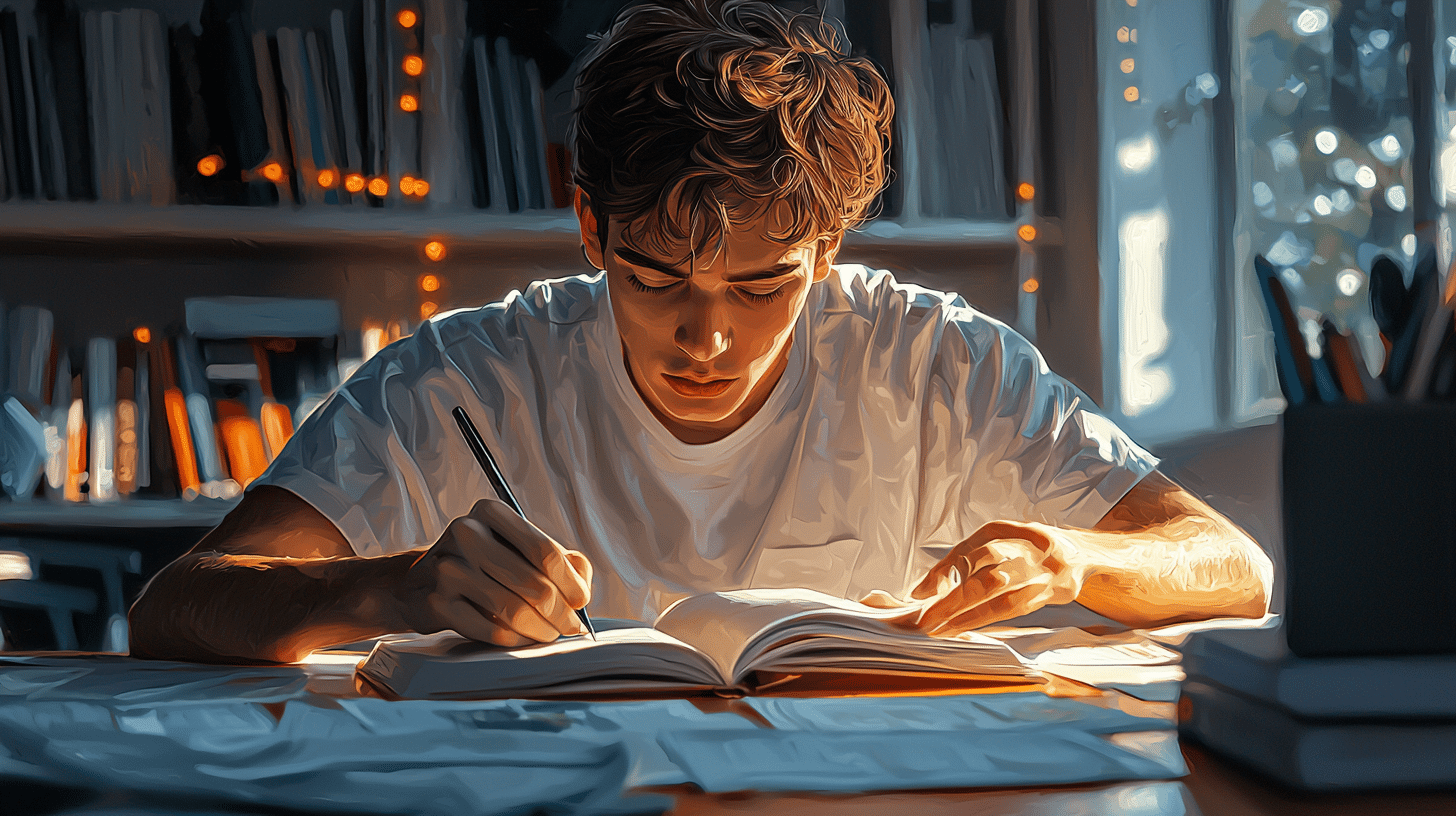Dance is a universal language, a form of expression that transcends borders and cultures. In Urdu, the rich and expressive language of Pakistan and parts of India, there are numerous words that capture the essence of various dance forms. Whether you’re learning Urdu for travel, cultural appreciation, or personal interest, understanding these terms can deepen your connection to the language and the culture it represents.
Traditional Dance Forms
Urdu culture is replete with traditional dance forms that have been passed down through generations. Each dance form has its unique vocabulary, reflecting the cultural nuances and historical significance of the region.
Kathak
Kathak is one of the eight major forms of Indian classical dance. The name itself is derived from the Sanskrit word “Katha,” meaning story. Here are some Urdu words related to Kathak:
– **رقص** (Raqs): This is the general term for dance in Urdu. It encompasses all forms of dance, including Kathak.
– **گھنگھرو** (Ghungroo): These are the small metallic bells worn around the ankles by Kathak dancers. The sound of Ghungroo is integral to the rhythm of the dance.
– **چکر** (Chakkar): This term refers to the spins or pirouettes that are characteristic of Kathak. The dancer’s ability to perform multiple Chakkars is a testament to their skill.
– **تھمری** (Thumri): A light classical style of singing that often accompanies Kathak performances. Thumri is known for its romantic and devotional themes.
Bharatanatyam
Bharatanatyam is another classical dance form with origins in Tamil Nadu. Although it’s more commonly associated with South India, it’s also performed in Urdu-speaking regions. Key Urdu terms include:
– **بھرتانٹیئم** (Bharatanatyam): The name of the dance form itself, often used as is in Urdu.
– **ابھینیا** (Abhinaya): This term refers to the expressive aspect of Bharatanatyam, where the dancer uses facial expressions and hand gestures to tell a story.
– **ندانتی** (Nritta): This is the pure dance aspect of Bharatanatyam, focusing on rhythm and movement without any storytelling.
– **اداو** (Adavu): These are the basic steps and movements in Bharatanatyam, forming the foundation of the dance.
Kathakali
Kathakali is a classical dance-drama originating from Kerala. It is known for its elaborate costumes and makeup. Here are some relevant Urdu terms:
– **کتھاکلی** (Kathakali): The name of the dance form, commonly used in Urdu.
– **مک اپ** (Makeup): Refers to the elaborate facial makeup that is a hallmark of Kathakali.
– **مادھوریا** (Mudra): These are the hand gestures used in Kathakali to convey complex emotions and narratives.
– **پٹاکا** (Pataka): A specific hand gesture used in Kathakali, symbolizing a flag or a hand in greeting.
Folk Dance Forms
Folk dances are an integral part of Urdu culture, often performed during festivals, weddings, and other celebrations. Each region has its unique style, reflecting local traditions and customs.
Bhangra
Originating from Punjab, Bhangra is a lively and energetic dance form. Here are some Urdu words associated with Bhangra:
– **بھنگڑا** (Bhangra): The name of the dance form, widely recognized in Urdu.
– **ڈھول** (Dhol): A double-sided drum that provides the rhythmic beat for Bhangra. The sound of the Dhol is synonymous with this dance form.
– **گیدا** (Gidda): A female folk dance from Punjab, often performed alongside Bhangra.
– **جھومر** (Jhoomar): A traditional Bhangra move characterized by graceful, circular movements.
Garba
Garba is a traditional dance form from Gujarat, performed during the Navratri festival. Although primarily associated with Gujarati culture, it’s also popular in Urdu-speaking regions. Key terms include:
– **گربا** (Garba): The name of the dance form.
– **ڈانڈیا** (Dandiya): Wooden sticks used in a form of Garba called Dandiya Raas, where dancers strike the sticks together in rhythm.
– **کلس** (Kalas): An earthen pot used in Garba as a symbolic representation of the goddess Durga.
– **راگ** (Raag): A melodic framework used in the music that accompanies Garba.
Ghoomar
Ghoomar is a traditional folk dance from Rajasthan, known for its graceful movements and colorful attire. Relevant Urdu terms include:
– **گھومر** (Ghoomar): The name of the dance form.
– **لہنگا** (Lehenga): A traditional skirt worn by women during Ghoomar performances.
– **گھونگٹ** (Ghoonghat): A veil worn by women, often used in Ghoomar to add an element of mystery.
– **پائل** (Payal): Anklets worn by dancers, often adorned with bells to create a melodious sound.
Modern and Contemporary Dance Forms
Modern and contemporary dance forms have also found a place in Urdu culture, influenced by global trends and popular media.
Hip-Hop
Hip-Hop has become a global phenomenon, and Urdu-speaking regions are no exception. Here are some Urdu terms related to Hip-Hop:
– **ہیپ ہوپ** (Hip-Hop): The name of the dance form, commonly used as is in Urdu.
– **بریک ڈانس** (Breakdance): A style of Hip-Hop dance that involves intricate footwork and acrobatic moves.
– **گرافٹی** (Graffiti): Street art often associated with Hip-Hop culture.
– **ڈی جے** (DJ): Short for Disc Jockey, the person responsible for playing and mixing music during Hip-Hop performances.
Bollywood Dance
Bollywood dance is a fusion of various dance styles, popularized by the Indian film industry. Key Urdu terms include:
– **بولی وڈ** (Bollywood): Referring to the Indian film industry, often used in the context of dance.
– **آئٹم نمبر** (Item Number): A catchy, upbeat song and dance sequence in Bollywood films, often featuring elaborate choreography.
– **کوریوگرافی** (Choreography): The art of designing dance sequences, crucial in Bollywood dance.
– **پرفارمنس** (Performance): The act of dancing, often used in the context of stage and film performances.
Dance Techniques and Movements
Understanding the specific techniques and movements in various dance forms can enhance your appreciation and mastery of the art. Here are some Urdu terms for dance techniques and movements:
Footwork
Footwork is fundamental to many dance forms, from classical to contemporary. Key Urdu terms include:
– **پیر کی حرکات** (Pair Ki Harkat): Literally translating to “foot movements,” this term encompasses all forms of footwork in dance.
– **تال** (Taal): Refers to the rhythmic cycle in classical dance and music, crucial for coordinating footwork.
– **چال** (Chaal): The way a dancer moves their feet, often used to describe the grace and style of their movements.
Hand Gestures
Hand gestures play a significant role in many dance forms, especially in classical styles like Bharatanatyam and Kathak. Relevant Urdu terms include:
– **ہاتھ کے اشارے** (Haath Ke Isharay): Literally “hand gestures,” used to describe the movements of the hands in dance.
– **مُدرا** (Mudra): Specific hand gestures used to convey different emotions and narratives.
– **انگلیاں** (Ungliyan): Refers to the fingers, often used in intricate hand movements.
Expressions
Facial expressions are crucial in conveying the emotions and stories in many dance forms. Key Urdu terms include:
– **تاثرات** (Taasuraat): Refers to expressions or impressions, used to describe the facial expressions of the dancer.
– **آنکھوں کی بات** (Aankhon Ki Baat): Literally “the talk of the eyes,” this term is used to describe the expressive use of the eyes in dance.
– **مسکراہٹ** (Muskurahat): Smile, often used to enhance the dancer’s expression.
Dance Attire and Accessories
The attire and accessories worn by dancers play a significant role in enhancing the visual appeal of the performance. Here are some Urdu terms related to dance attire and accessories:
Clothing
Clothing varies significantly across different dance forms, reflecting the cultural and regional diversity. Key terms include:
– **لباس** (Libaas): General term for clothing, often used to describe dance costumes.
– **ساڑھی** (Saree): A traditional garment worn by women in many classical dance forms like Bharatanatyam.
– **شرٹ** (Shirt): Commonly worn in modern dance forms like Hip-Hop.
– **پینٹ** (Pant): Trousers, often worn in contemporary dance styles.
Accessories
Accessories are crucial in enhancing the dancer’s appearance and adding to the visual storytelling. Relevant Urdu terms include:
– **زیورات** (Zewar): Jewelry, often worn by dancers in classical and folk dance forms.
– **سر کی پٹی** (Sar Ki Patti): A headband, commonly used in contemporary dance forms like Hip-Hop.
– **چوڑی** (Choori): Bangles, often worn in folk dances like Ghoomar.
– **پازیب** (Pazeb): Anklets, commonly adorned with bells in classical dance forms.
Conclusion
Dance is a vibrant and integral part of Urdu culture, reflecting the diversity and richness of the region. By learning the specific Urdu terms related to various dance forms, you can gain a deeper understanding and appreciation of this art form. Whether you’re a dance enthusiast, a language learner, or someone interested in cultural exploration, these terms will undoubtedly enhance your journey into the world of Urdu dance.
So next time you watch a Kathak performance, join a Garba circle, or groove to Bollywood beats, you’ll not only enjoy the dance but also appreciate the linguistic richness that accompanies it. Happy learning and dancing!

